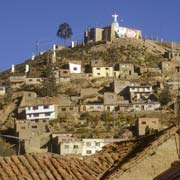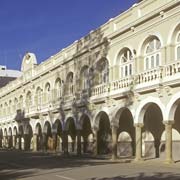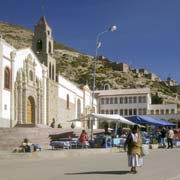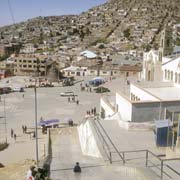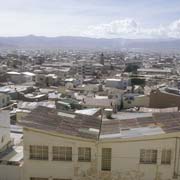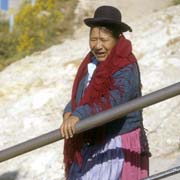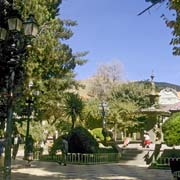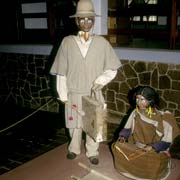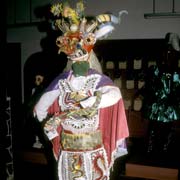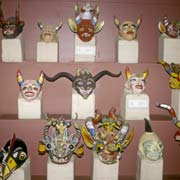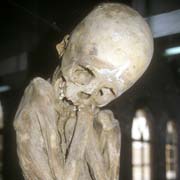Photos of Oruro, the city on the Altiplano, Bolivia
Oruro, the city on the Altiplano
Oruro, the only city of the southern Altiplano, has a population of about 200,000. It lies about 3,700 metres above sea level, just north of Lago Uru Uru, from which the city’s name is derived. It was founded in 1606 as Real Villa de Don Felipe de Austria, after the Spanish King Philip III. It started as a silver-mining-centre but was abandoned as the mines became exhausted. However, it was re-established as a tin-mining town near the La Salvadora tin-mine in the late nineteenth Century. It was the world’s most important source of tin in the world at the time until that mine, too, was exhausted.
you may then send it as a postcard if you wish.
Oruro is considered the Folklore Capital of Bolivia and is famous for “La Diablada”, the Carnival of Oruro, considered one of the great folkloric events in South America for its masked “devil-dances”. The Anthropological museum has a good exhibition that showcases its elaborate costumes and masks, and houses exhibits about the tribes of the Altiplano and the pre-Colombian past.



